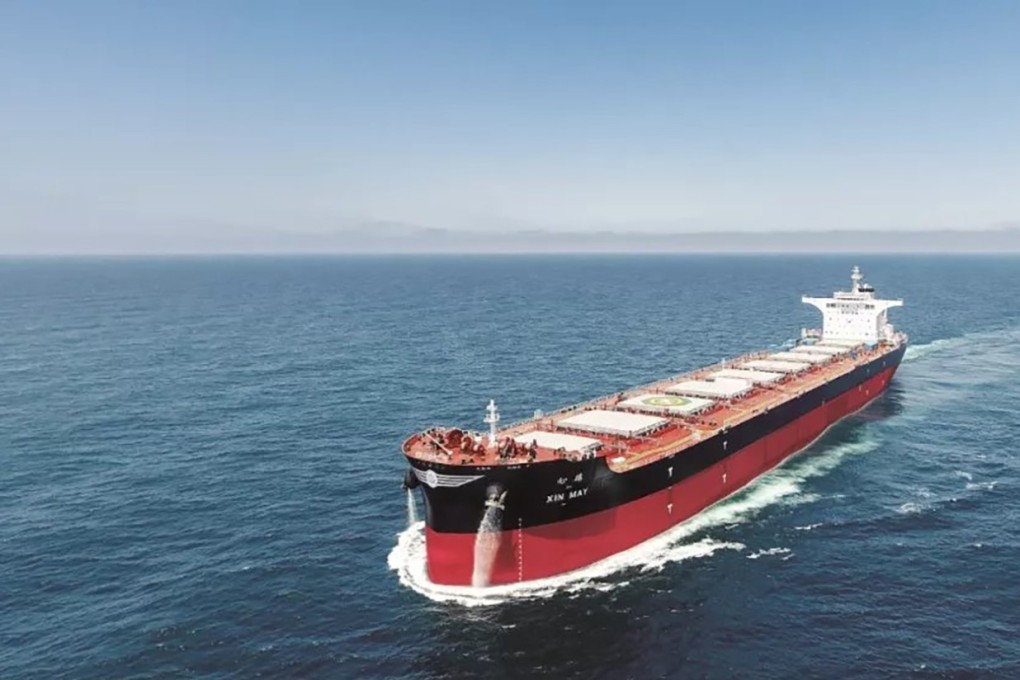Shipping rates show signs of a recovery in demand as China’s economy and factories reboot from coronavirus lockdown
- Charter rates for dry bulk and crude oil have regain some footing after recent slide amid coronavirus outbreak
- Epidemic outside mainland China could keep container shipping market in longer doldrums, BIMCO says

Freight shipping rates for dry bulk and crude oil have begun to show early signs of recovery as factories in China resume production after the coronavirus outbreak. Container cargo shipping lines may have to wait longer for a rebound.
The Baltic Dry Index, a composite of dry bulk time-charter averages across major routes and ship sizes, has risen 50 per cent to 617 on March 6, from a four-year low of 411 on February 10, according to the Baltic Exchange. The index slumped from 2019’s peak of 2,518 on September 4. Charter rates for very large crude carriers, or VLCC, have also regained some footing in recent weeks.
“We think that the dry bulk rates will rise first, as China starts needing raw materials first as the economy comes back,” said Andrew Lee, an analyst of Jefferies, adding that freight forward agreements in the sector are showing signs of life.”
Spot rates are expected to continue rebounding as Chinese economic activities begin to normalise and construction returns, Jefferies said in a March 4 report. It forecasts daily rates for Capesize ships, or large dry-cargo ships, to rise from about US$2,000 a day this quarter to US$10,000 in the second quarter, and to more than US$16,000 by the fourth quarter.
